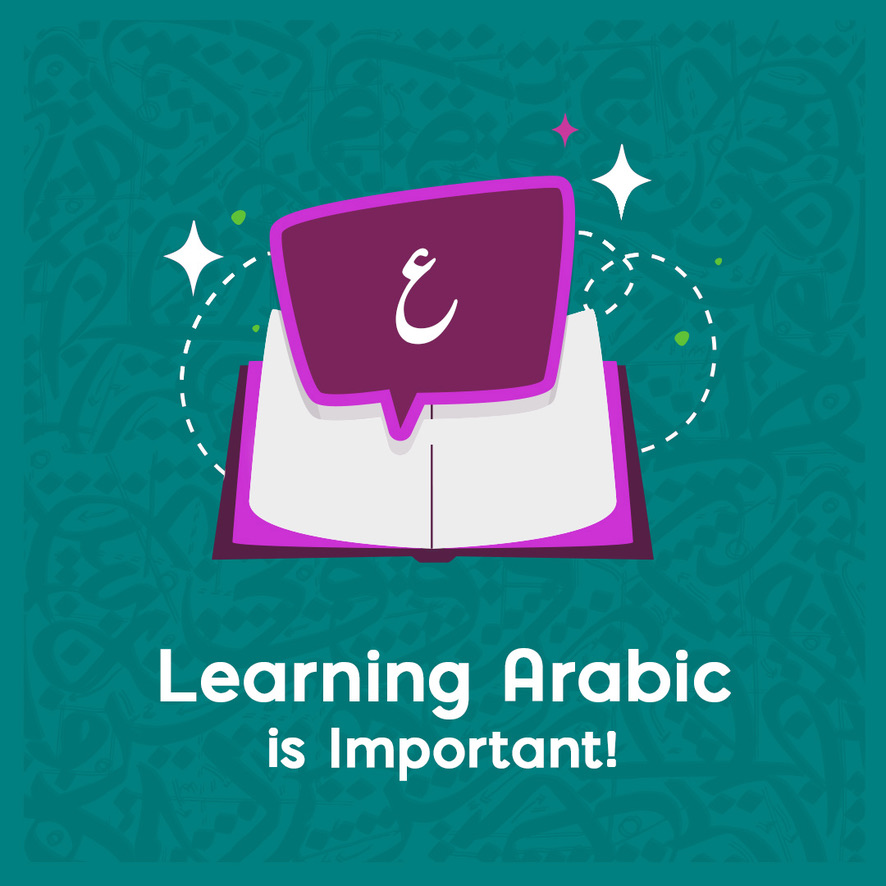 With its rich history and poetic beauty, Arabic is more than just a language—it's a cultural treasure. Whether you're a native speaker or a non-native learner, exploring the nuances of Arabic can be a rewarding journey of discovery. In this blog post, we'll explore strategies for enhancing Arabic language skills across different age groups and proficiency levels, catering to native speakers looking to deepen their understanding and non-native learners eager to embrace this ancient language.
Early Childhood: Building Foundations Through Play and Immersion
Immersion is key to developing Arabic language skills for young children. Through play-based activities, storytelling, and interactive experiences, children can begin to absorb the sounds, rhythms, and patterns of the language. Creating a language-rich environment at home and in educational settings promotes natural language acquisition, fostering a love for Arabic from an early age.
Primary and Secondary School: Embracing Creativity and Communication
A holistic approach to Arabic language education is essential as children progress through primary and secondary school. Encouraging creativity through writing, drama, and art allows students to express themselves authentically in Arabic. Additionally, fostering communication skills through group discussions, debates, and collaborative projects, cultivates fluency and confidence in using the language in diverse contexts.
Higher Education: Delving into Literature, Linguistics, and Culture
For university students and adult learners, delving into Arabic literature, linguistics, and culture offers a deeper understanding of the language's complexities. Analysing literary works, exploring linguistic structures, and engaging with cultural artefacts provide insights into the nuances of Arabic expression. Immersive experiences such as study abroad programs or language exchanges further enhance language proficiency and cultural competency.
Professional Development: Tailoring Learning to Specific Needs and Goals
In professional settings, customised language training programs can support individuals in achieving specific language goals, whether mastering business Arabic for international communication or acquiring specialised vocabulary for a particular field; targeted language instruction enhances communication skills and opens new opportunities in the global marketplace.
Strategies for Non-Native Learners: Overcoming Challenges and Celebrating Progress
For non-native learners of Arabic, the journey to language proficiency may present unique challenges. However, with dedication and perseverance, progress is achievable. Immersing oneself in Arabic-speaking environments, practising regularly with native speakers, and leveraging online resources and language learning apps can accelerate language acquisition. Celebrating milestones along the way—mastering a new alphabet or engaging in a fluent conversation—encourages motivation and confidence.
Conclusion:
Arabic is a language of beauty, complexity, and cultural significance, offering a gateway to a rich tapestry of literature, history, and traditions. By embracing immersive experiences, fostering creativity and communication, and tailoring learning to individual needs and goals, Arabic language skills can be enhanced at different ages and proficiency levels. Whether you're a native speaker seeking to deepen your connection to your heritage, or a non-native learner captivated by the allure of Arabic, the language acquisition journey is as enriching as it is rewarding. So, embark on this linguistic adventure with curiosity, determination, and an open heart, and let the beauty of the Arabic language and culture illuminate your path.
With its rich history and poetic beauty, Arabic is more than just a language—it's a cultural treasure. Whether you're a native speaker or a non-native learner, exploring the nuances of Arabic can be a rewarding journey of discovery. In this blog post, we'll explore strategies for enhancing Arabic language skills across different age groups and proficiency levels, catering to native speakers looking to deepen their understanding and non-native learners eager to embrace this ancient language.
Early Childhood: Building Foundations Through Play and Immersion
Immersion is key to developing Arabic language skills for young children. Through play-based activities, storytelling, and interactive experiences, children can begin to absorb the sounds, rhythms, and patterns of the language. Creating a language-rich environment at home and in educational settings promotes natural language acquisition, fostering a love for Arabic from an early age.
Primary and Secondary School: Embracing Creativity and Communication
A holistic approach to Arabic language education is essential as children progress through primary and secondary school. Encouraging creativity through writing, drama, and art allows students to express themselves authentically in Arabic. Additionally, fostering communication skills through group discussions, debates, and collaborative projects, cultivates fluency and confidence in using the language in diverse contexts.
Higher Education: Delving into Literature, Linguistics, and Culture
For university students and adult learners, delving into Arabic literature, linguistics, and culture offers a deeper understanding of the language's complexities. Analysing literary works, exploring linguistic structures, and engaging with cultural artefacts provide insights into the nuances of Arabic expression. Immersive experiences such as study abroad programs or language exchanges further enhance language proficiency and cultural competency.
Professional Development: Tailoring Learning to Specific Needs and Goals
In professional settings, customised language training programs can support individuals in achieving specific language goals, whether mastering business Arabic for international communication or acquiring specialised vocabulary for a particular field; targeted language instruction enhances communication skills and opens new opportunities in the global marketplace.
Strategies for Non-Native Learners: Overcoming Challenges and Celebrating Progress
For non-native learners of Arabic, the journey to language proficiency may present unique challenges. However, with dedication and perseverance, progress is achievable. Immersing oneself in Arabic-speaking environments, practising regularly with native speakers, and leveraging online resources and language learning apps can accelerate language acquisition. Celebrating milestones along the way—mastering a new alphabet or engaging in a fluent conversation—encourages motivation and confidence.
Conclusion:
Arabic is a language of beauty, complexity, and cultural significance, offering a gateway to a rich tapestry of literature, history, and traditions. By embracing immersive experiences, fostering creativity and communication, and tailoring learning to individual needs and goals, Arabic language skills can be enhanced at different ages and proficiency levels. Whether you're a native speaker seeking to deepen your connection to your heritage, or a non-native learner captivated by the allure of Arabic, the language acquisition journey is as enriching as it is rewarding. So, embark on this linguistic adventure with curiosity, determination, and an open heart, and let the beauty of the Arabic language and culture illuminate your path.